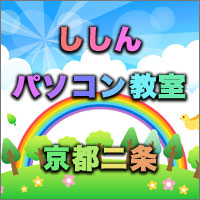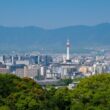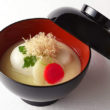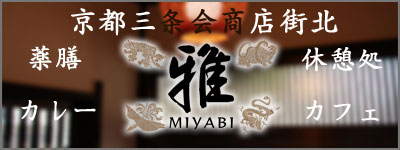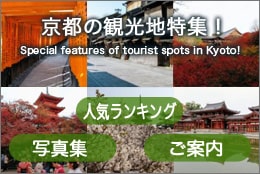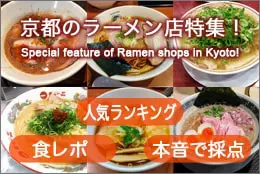Dr. Hideki Yukawa, as he was in his day, watching the Gion Festival Yamahoko Procession
Posted date:2025-07-11Author:つばくろ(Tsubakuro) Transrator:ポンタ(Ponta)
Category:Talk about Kyoto
広告
adsense4
To begin with
The season of Gion Festival has come along this year as well.
This spectacular festival unfolds over a month with various sacred rituals, but the Yamahoko Procession, its most spectacular highlight, never fails to captivate the hearts of tourists from around the world.
But, on the other hand, the murderous summer heat unique to Kyoto, the number of spectators over 1 million, many locals in Kyoto, fed up with all this, have decided that “watching the Yamahoko Procession on TV is the only way to go.”

The Yamahoko Procession
The lamp is darkest beneath its own shade. This saying perfectly captures those Kyoto residents who seem to know about the Yamahoko Procession yet surprisingly don’t.
And this saying seems to have perfectly suited famous Dr. Hideki Yukawa, who will be introduced from now on as Japan’s first Nobel Prize laureate.
Dr. Hideki Yukawa, who spent most of his life in Kyoto, actually saw the Yamahoko Procession of Gion Festival for the first time in his 50s.
I came across an essay by Dr. Hideki Yukawa, who always considered Kyoto his hometown, describing the profound emotion he felt upon seeing the Yamahoko Procession for the very first time in his life. Here is an excerpt.
Who is Dr. Hideki Yukawa?
Hideki Yukawa (1907 – 1981) was a scientist who became the first Japanese national to win the Nobel Prize in Physics in 1949 (Showa 24). He is such a great figure that his name appears in social studies textbooks.
The news of the doctor’s Nobel Prize win is said to have a cause for celebration, giving pride and courage to the Japanese people of that time, who had lost confidence after defeat in the Pacific War.
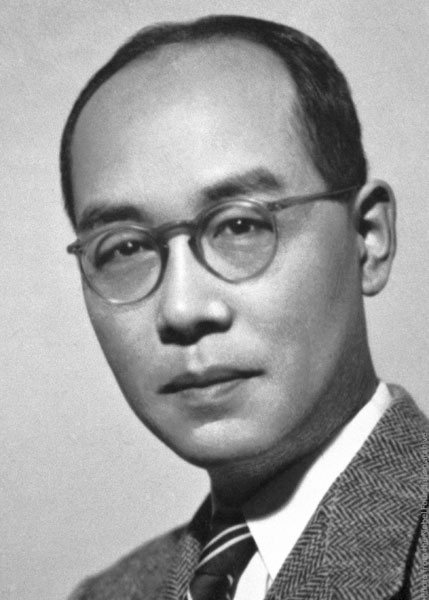
Dr. Hideki Yukawa
Dr. Yukawa was born in Roppongi, Minato Ward, Tokyo in 1907, but when he was one year old, his family moved to Kyoto because his father was appointed a professor at Kyoto Imperial University.
After that, he lived for a time in Hanshin and the United States, but spent most of his life in Kyoto.
The doctor, himself, wrote in the autobiography “The traveler” published in 1959 (Showa 34) that as following.
“My memories begin when I moved to Kyoto. Perhaps Kyoto is my hometown after all.”
In another place, it is also recorded as follows.
“My love for the land and people of Kyoto is second to none.”
Indeed, Dr. Yukawa and Kyoto were inextricably linked, and it was this very doctor who wrote the following about the Gion Festival in the early 1950s.
“All told, I’ve lived in Kyoto for over 30 years, but it seems this is actually the first time I’ve ever seen the Gion Festival’s Yamahoko Procession. The reason he said “seems” is that it seems he may have seen it when he was very young, or perhaps not. Even if I did see it, it has barely left any trace in my memory.
Why had he never seen it before? He might have thought he hadn’t felt any particular interest in it previously. It was during the daytime, and in recent years, he probably hadn’t been able to go because he had something else to do.
Gion Festival is a festival representative of Japan, and is also an important festival and event at Yasaka Shrine. The Yamahoko Procession is gathering popularity from the people across the globe as its highlight.
Dr. Yukawa, whose hometown was Kyoto, said he had never seen anything like it before.
“I’ve seen the Yoiyama festival many times before. Though “seen” isn’t quite right – it’s more accurate to say I’ve wandered through it. After being jostled along the crowds past the splendid floats lining Shijo Street, I’d slip into a quieter side street. There, unexpectedly, the Gion festival music would reach my ears from an unanticipated direction, or a float’s doll would be enshrined in some quiet corner of the town.
As I gradually moved farther from the central area, the flow of people grew sparse and the Gion festival music grew faint. I loved this shift in mood.
Not only that. The narrow-fronted houses of Nakagyo, whose exteriors were usually all one could see, were brightly lit so that everything from the inner courtyard to the front could be clearly seen. The sight of figures conversing in the front parlor, decorated with folding screens and rugs, was also an indispensable feature of Yoiyama.”
Yoiyama is the eve festival preceding the Procession, where each float and hoko is decorated, and Gion bayashi music is performed atop the hoko.
Although the doctor had never seen the Yamahoko Procession, he had seemed to visit Yoiyama many times.
Additionally, in Yamahoko town, old families and long-established shops will make special opening of their ancestral folding screens, paintings, and other artworks to the public. (This is called the Byobu Festival.)

Yoiyama
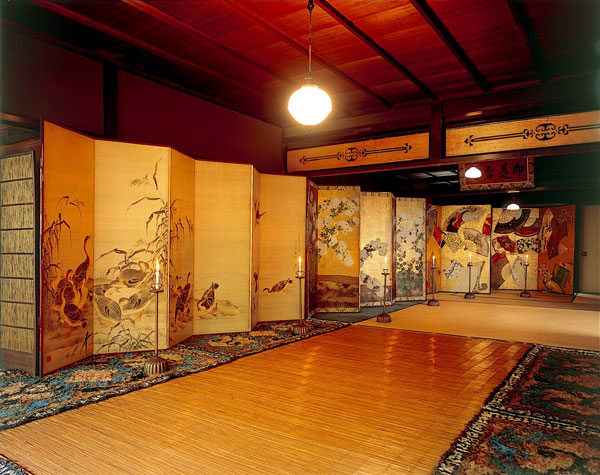
Byobu Festival
The history of Gion festival
The history of Gion Festival is very old and its origin dates back to early Heian period.
In 869, a plague swept through the capital of Kyoto. It is said that the practice began when a mikoshi (portable shrine) was sent from Gion Shrine (present-day Yasaka Shrine) to Shisen-en Garden to pray for protection from the plague.
Until the Meiji period, it was called the Gion Goryo-e.
Over time, it gradually became flamboyant, evolving into its current form (34 floats and mountain floats in total, with the Saki-maturi on the July 17th and the Ato-maturi on July 24th).
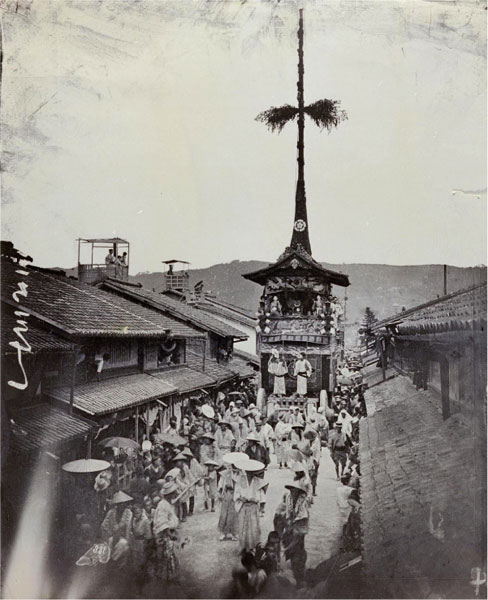
Yamahoko Procession in Meiji period
The Gion Festival’s floats have been passed down through the towns of Nakagyo and Shimogyo wards. There are 34 floats in total, ranging from the Naginata-hoko, which always leads the procession each year, to the Takayama, which made its comeback in 2022 after a 196-year hiatus.
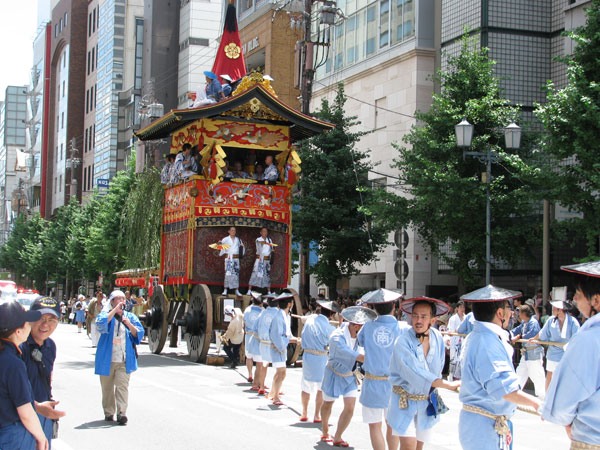
The present-day Yamahoko Procession
Well, how did the Yamahoko procession – a first-time experience for Dr. Yukawa – appear to him?
Mayor Takayama refers to Yoshizo Takayama, who served as Mayor of Kyoto City from 1950 to 1966.
Thanks to the mayor’s arrangement, Dr. Yukawa was able to watch from the second floor of Tanaka-ya Doll Shop on Shijo Street.
Tanaka-ya Doll Shop is a long-established Kyoto doll shop founded in 1808 during the Edo period, continuing for over 200 years.
It continues to operate on Shijo Street today.
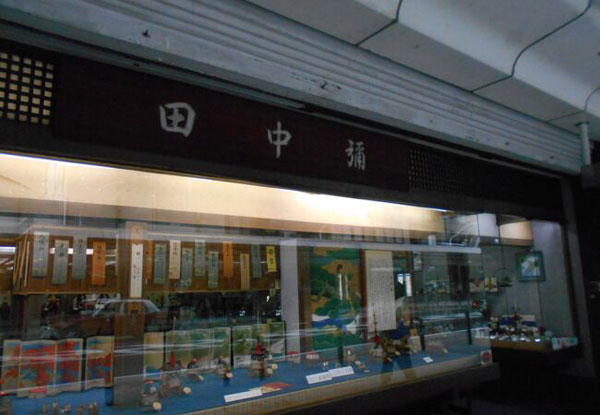
Tanaka-ya Doll Shop
“We had to work hard to catch the chimaki as they kept tossing it from the hoko we were seeing. Some missed their target and fell onto the roof, while others got caught on power lines. Though it hardly reached the onlookers standing along the road, we felt happy that they welcomed us, even as we seemed to monopolize it without realizing it. Just as it was about to finish, I threw a chimaki from the second floor and got scolded by the patrolman.”
The chimaki referred to here is not the edible kind.
This is a protective charm made from bamboo leaves, sold only during the Gion Festival period at the association offices of each Yamahoko district.
Many Kyoto residents seek to purchase this, and walking through the city, you’ll see numerous homes displaying it at their entrances.
At the time Dr. Yukawa witnessed it, these chimaki were scattered from atop the floats during the procession.
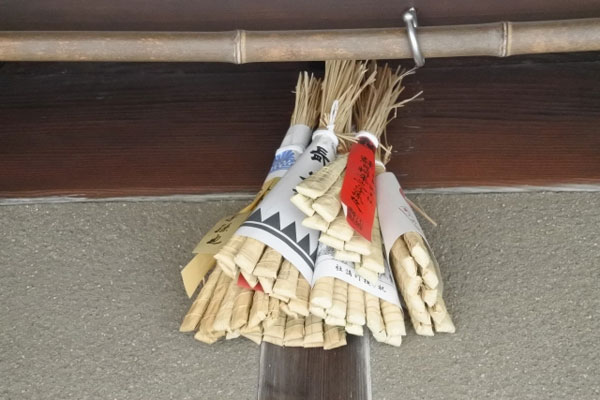
Evil-warding chimaki
“Slowly, with pauses between them, I watched the floats and mountain floats pass before my eyes. I couldn’t help but wonder why so many people came to see this festival, repeated year after year for hundreds of years.”
Dr. Yukawa graduated from Kyoto First Middle School and Kyoto Third Higher School before completing his studies at the Department of Physics, Faculty of Science, Kyoto Imperial University. After conducting research at Osaka Imperial University and Kyoto Imperial University, he published his “meson theory concept” at the age of 27, which would later earn him the Nobel Prize.
After the war, he consistently pursed physics research and teaching at Kyoto University, serving as president of the Physical Society of Japan and other positions.
The period when this essay was written, the 1950s, coincided precisely with his prime years, from his later forties to early fifties.
Dr. Yukawa concluded his impressions of the Yamahoko procession with the following words:
“When it comes to the meaning of life and what constitutes happiness in life, people’s views will likely differ considerably. Some may consider the festive commotion the height of folly. I myself was always quite solitary by nature. I found it far more meaningful to shut myself away in a room to read or think.
But lately, I’ve come to realize that simply gazing at a festival with a crowd of people, feeling a vague sense of joy together, is by no means meaningless.
Striving tirelessly to gradually improve each other’s standard of living is more important than anything else. However, we are not exhausting our bodies for this purpose, but also wearing down our nerves and making ourselves irritable. And it cannot be denied that this tendency even serves to intensify conflict beyond what is necessary, making an already difficult world even more difficult to live in.
Occasionally taking the opportunity to relax and watch the festival is one of the joys of living in Kyoto.
After seeing the Gion Festival in Kyoto, a shower of cicada clings to my ears.
In his autobiography “The Traveler”, the doctor analyzed his own personality as “a solitary man with a strong sense of self-obsession,” suggesting he was someone who struggled with interpersonal relationships.
However, upon seeing the Yamahoko procession for the first time and experiencing the lively bustle and joyful atmosphere of the large crowd gathered there, didn’t the doctor reconsider the meaning of happiness?
The centuries-old tradition of festivals passed down through generations, the fervor and vitality of the gathered masses.
Dr. Yukawa, having directly experienced this vibrant energy, seemed to feel a fresh sense of wonder unlike anything he had ever experienced before in his life.
Though modest and ordinary, the happiness of sharing joy with those around him.
Without complicated definitions or difficult explanations, the happiness of sharing joy plainly.
Columnist feels a strong affinity for Dr. Yukawa, who candidly acknowledged his profound emotion upon encountering such things and recorded it in his essay.
Perhaps this new sense of happiness was an unexpected gift from the Gion Festival, bestowed upon Dr. Hideki Yukawa, who cherished Kyoto above all else.
The doctor continued to live in Kyoto and passed away in 1981 at the age of 74.
He was also known for his active participation in the nuclear abolition movement during his later years.
References:
1: “The Traveler: Memoirs of a Physicist” by Hideki Yukawa, Asahi Shimbun Publishing, 1958
2: Kyoto: Impressions of the Gion Festival” by Hideki Yukawa
Author
つばくろ(Tsubakuro)
I was born and raised in Kyoto and am a native Kyotoite.
When I was young, I longed to visit Tokyo and Osaka, which are more bustling than Kyoto, but as I have gotten older, I have come to appreciate Kyoto a little more.
In this site, I will introduce you to some of the best places to explore Kyoto's food that you might otherwise miss at first glance.
